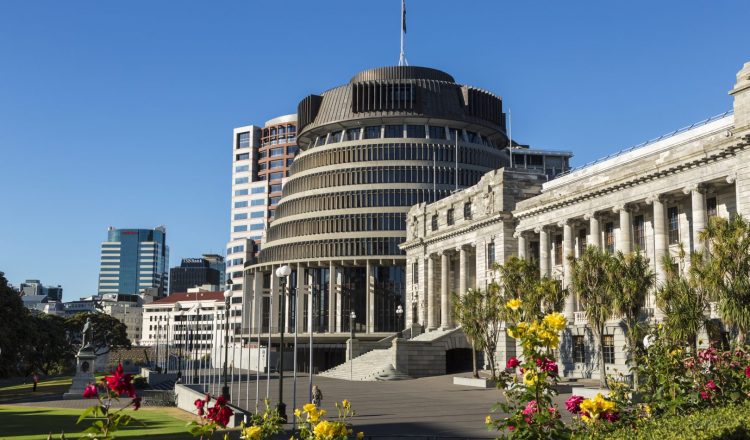Chính quyền địa phương có quyền hạn gì?
Mọi việc mà chính quyền địa phương làm đều được điều chỉnh bởi một khuôn khổ lập pháp. Khuôn khổ này được thiết lập bởi Nghị viện. Một số luật chính điều chỉnh và trao quyền cho hệ thống chính quyền địa phương là:
- Đạo luật Chính quyền địa phương 2002 (đề ra quy đinh quyền hạn chung của hội đồng, quy hoạch và yêu cầu trách nhiệm giải trình)
- Đạo luật Chính quyền địa phương (Đánh giá) 2002 (đưa ra các phương pháp mà hội đồng tăng doanh thu thông qua tỷ lệ)
- Đạo luật Bầu cử địa phương 2001 (đề ra quá trình bầu cử hội đồng)
Ngoài ra, nhiều hoạt động chính quyền địa phương được điều chỉnh bởi các Hành vi riêng biệt của Quốc hội, như Đạo luật Quản lý Tài nguyên 1991, Đạo luật Xây dựng 2004 và Đạo luật An ninh Sinh học 1993.
Các quy định
của địa phương Chính quyền địa phương có quyền ban hành các quy định của địa phương. Những điều này cho phép hội đồng thực thi các quy tắc địa phương giúp:
- Bảo vệ người dân khỏi phiền toái
- Bảo vệ và thúc đẩy và duy trì sức khỏe cộng đồng và an toàn
- Giảm thiểu tiềm năng hành vi tấn công ở những nơi công cộng
- Điều chỉnh các hoạt động, chẳng hạn như quản lý chất thải

















































